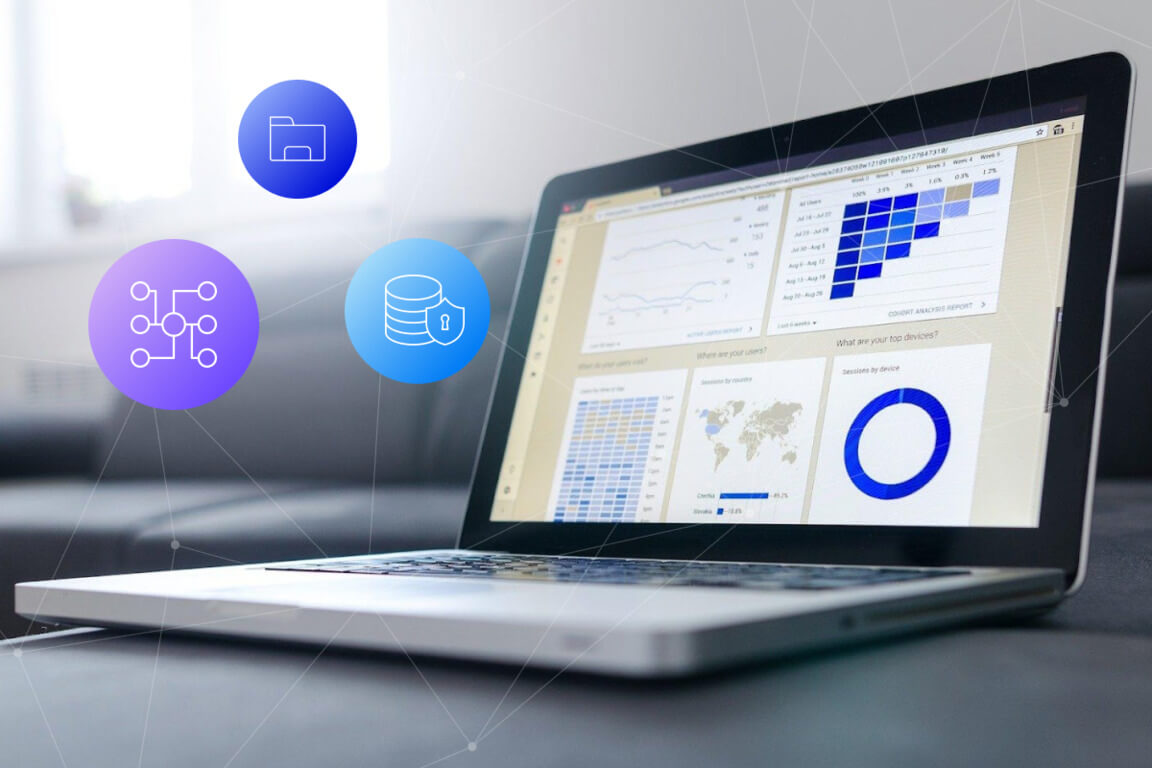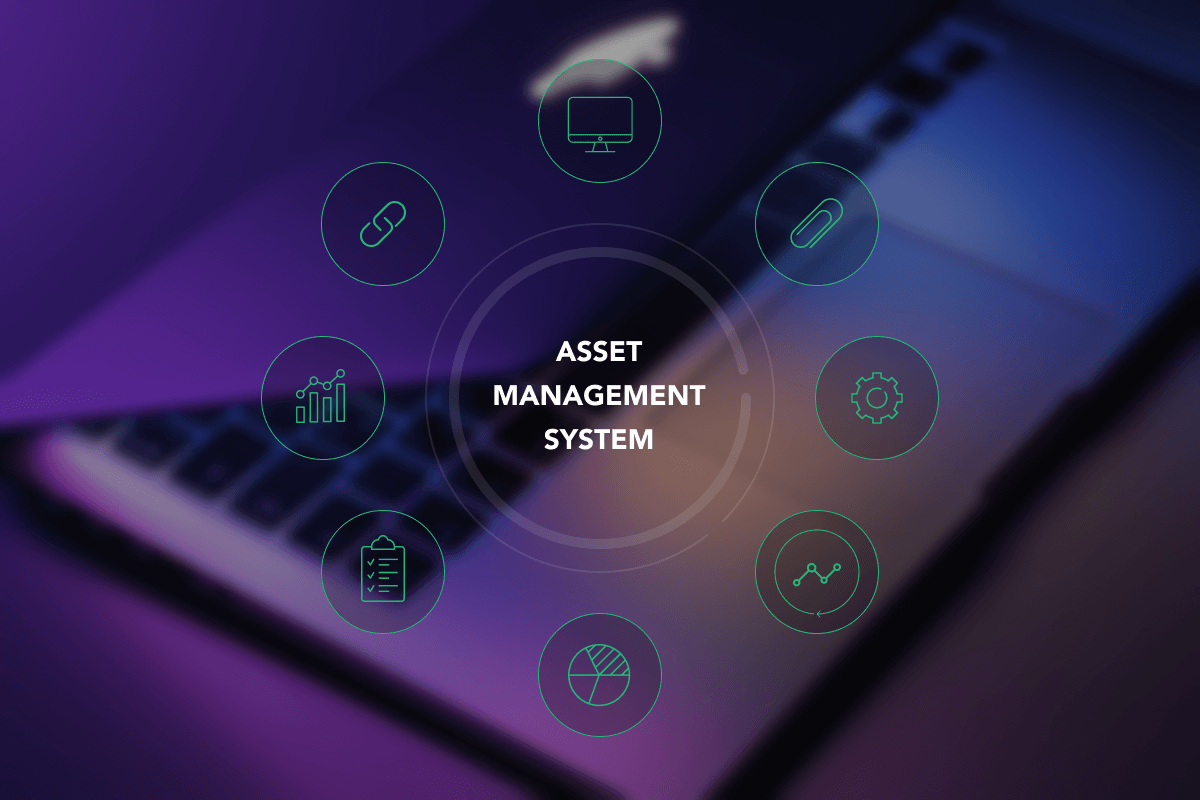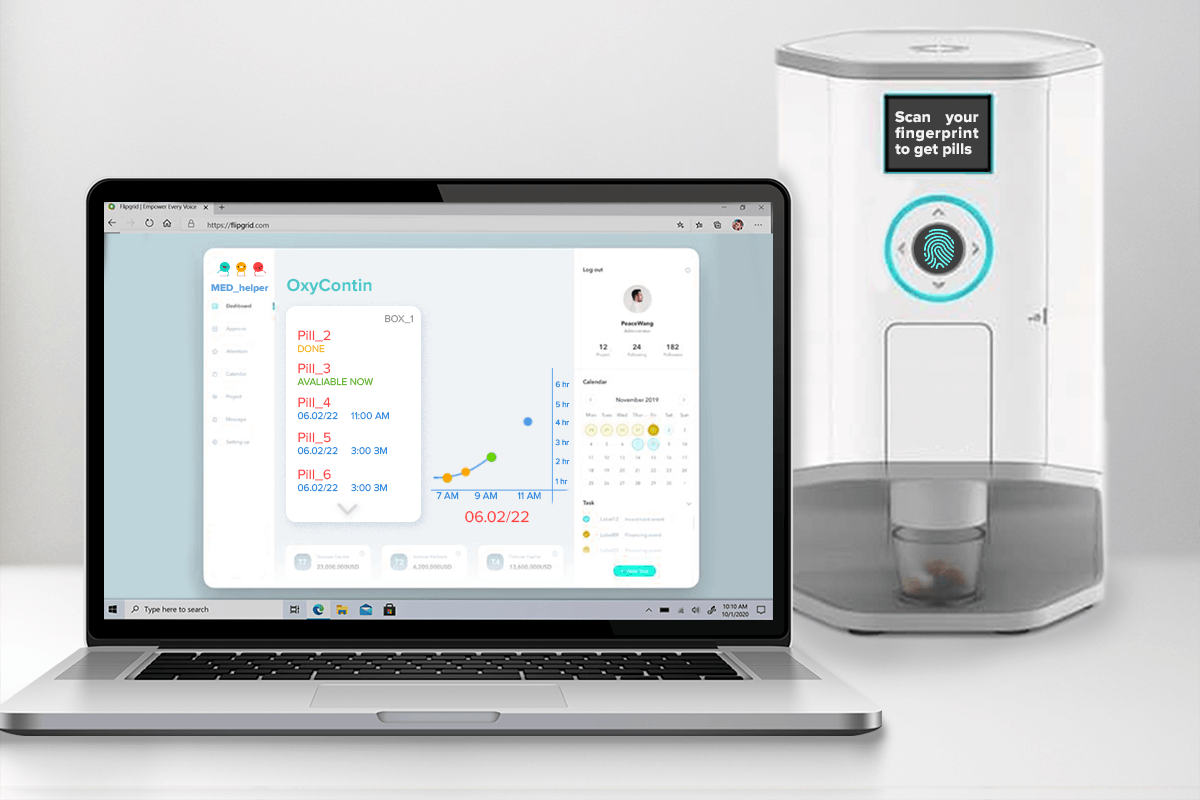What is an Asset Management System?

Systems that manage assets represent applications that record and track resources as they go through their lifecycle. This ability is common for all types of ASMs. Depending on the industry, kind of workflow, and type of resources of the entities, these systems can vary and have different logic. Managing volumes of information about houses will differ from managing information about securities. Also, the systems can receive assets in different ways. For example, systems can support manual data input, detection via scanning, or import of xls files.
Software for assets can be of two types: on-premises systems and SaaS systems.
Usually, on-premises or custom software is a tray of applications that pursue different purposes and that are located on a number of on-premise servers. These applications determine the system’s functional coverage of business needs.
With custom systems, all data information that entities input to an application is stored in its own database and not on-cloud. Including information about assets’ types, volumes of assets, prices of assets, price dynamics, operations with assets, risks of assets, depreciation, and historical data of assets. This is sensitive information for the majority of entities. And in many cases, they prefer to store it on-premises, physically and not on-cloud for security reasons.
SaaS solutions are in most cases cloud-based systems but can be built on a local terminal and operate on a cloud server. They have advantages of cloud computing and are fast and easy to create. Due to their nature, in most cases, they are offered in packages with functionality generalized for all types of entities.
Why do Companies Need Them?

Companies can have many types of assets, and the volume of assets in a company can be huge. Starting from inventory to maintain the work of personnel, to automobiles, office buildings, and interest income. Software that manages the assets of business entities has major importance to their solvency and related risks. Companies need these systems for better planning and control of their resources and higher return.
What Typical Assets are Managed?
Entities work with many kinds of resources such as cash, inventory, fleet, lands, and patents. They can be formally divided into major types that include:
- Tangible – equipment
- Intangible – trade secret
- Operating – copyright
- Non-operating – interest income from a fixed deposit
- Current assets – marketable securities
- Fixed assets – buildings
Asset systems can operate with all these types of resources in many formats and offer a list of operations with them.
Functions of the Asset Management System

The functions of these systems are meant to provide a smooth workflow of the assets. This software can operate, maintain, develop, sell, and dispose of assets most effectively. Depending on the business logic of AMSs companies, corporations, and public authority bodies can:
- Keep all resources in one place
- Access them from many kinds of devices
- Make custom reports
- Audit assets
- Track assets
- Optimize assets’ use
- Exclude ghost assets
- Alert maintenance due time
- Detect risks
- Raise compliance
Along with the basic features for resource management, these systems can offer functions specific to certain business processes such as calculation of depreciation of assets and its dynamics, calculation of fair values and market values of assets, and online comparison of vendor quotes.
Benefits of a Custom Asset System vs SaaS
On-premise AMSs have always been in demand. Because custom solutions are tailor-made and can offer approaches that are specific to a particular entity. In their turn, SaaS systems are easier to create and are offered in packages.
If entities order custom development, they receive business logic that is specific to their business processes and custom interfaces that reflect this logic. With on-premise systems, C-management can create user roles for personnel and partners and their access permissions that they can assign these roles to selected individuals.
Other options that entities value in custom systems are business-flow with their framework applications along with custom security settings. As part of their complex approach, on-premise AMS developers often adapt their client support to their client’s business needs.













